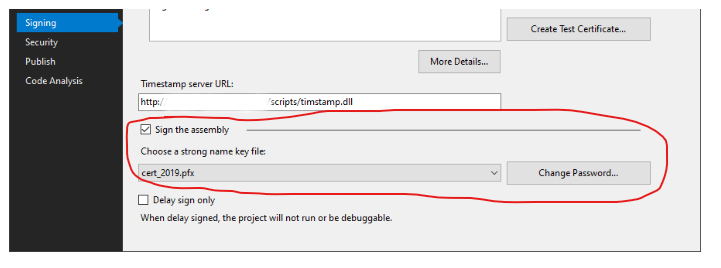Hi KonstandDuPlessis-5459,
If a previous version of the settings file exists, it will copy its value to the latest version every time the application is launched.
In other words,ClickOnce copy user-level settings forward to the next version's cache when the user gets an update.
For more discussion on this problem, you can refer to this thread.
And you can try the method that Agustin Meriles provided.
Best Regards,
Daniel Zhang
If the response is helpful, please click "Accept Answer" and upvote it.
Note: Please follow the steps in our documentation to enable e-mail notifications if you want to receive the related email notification for this thread.


